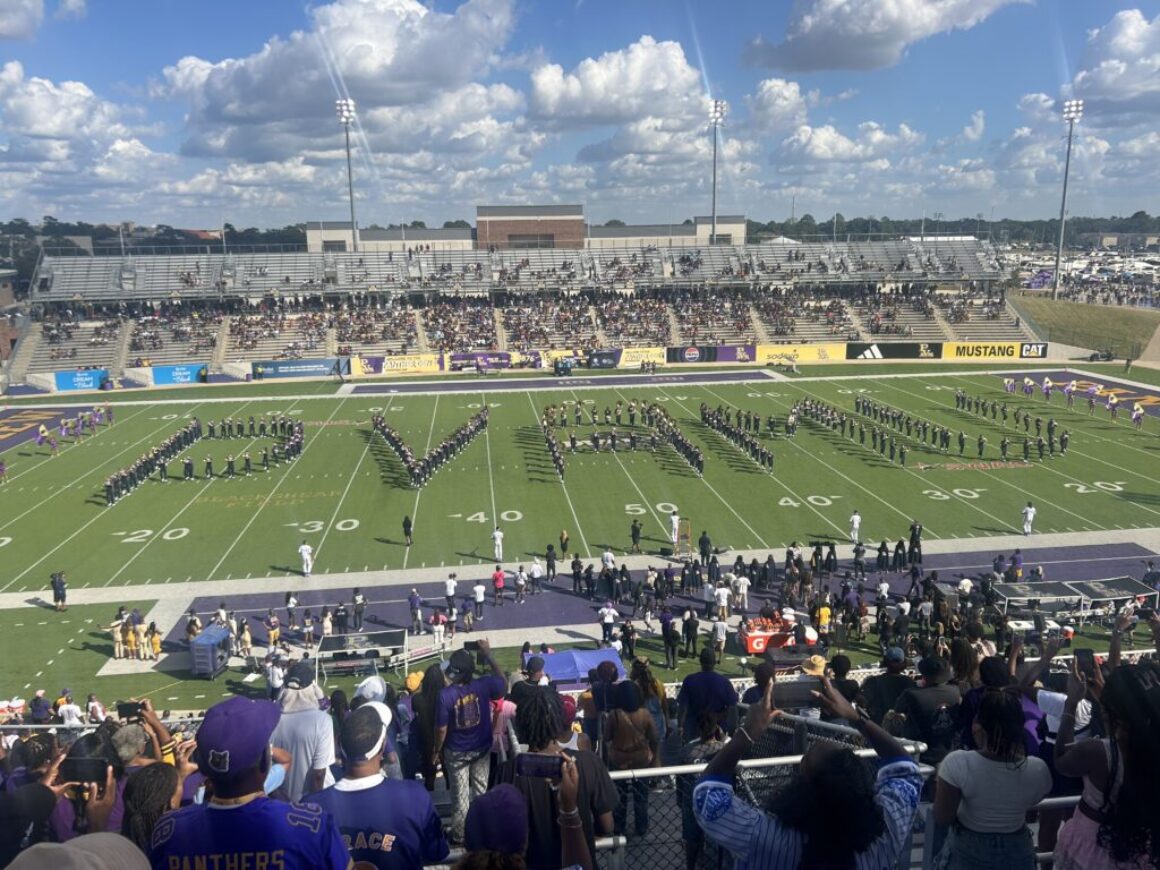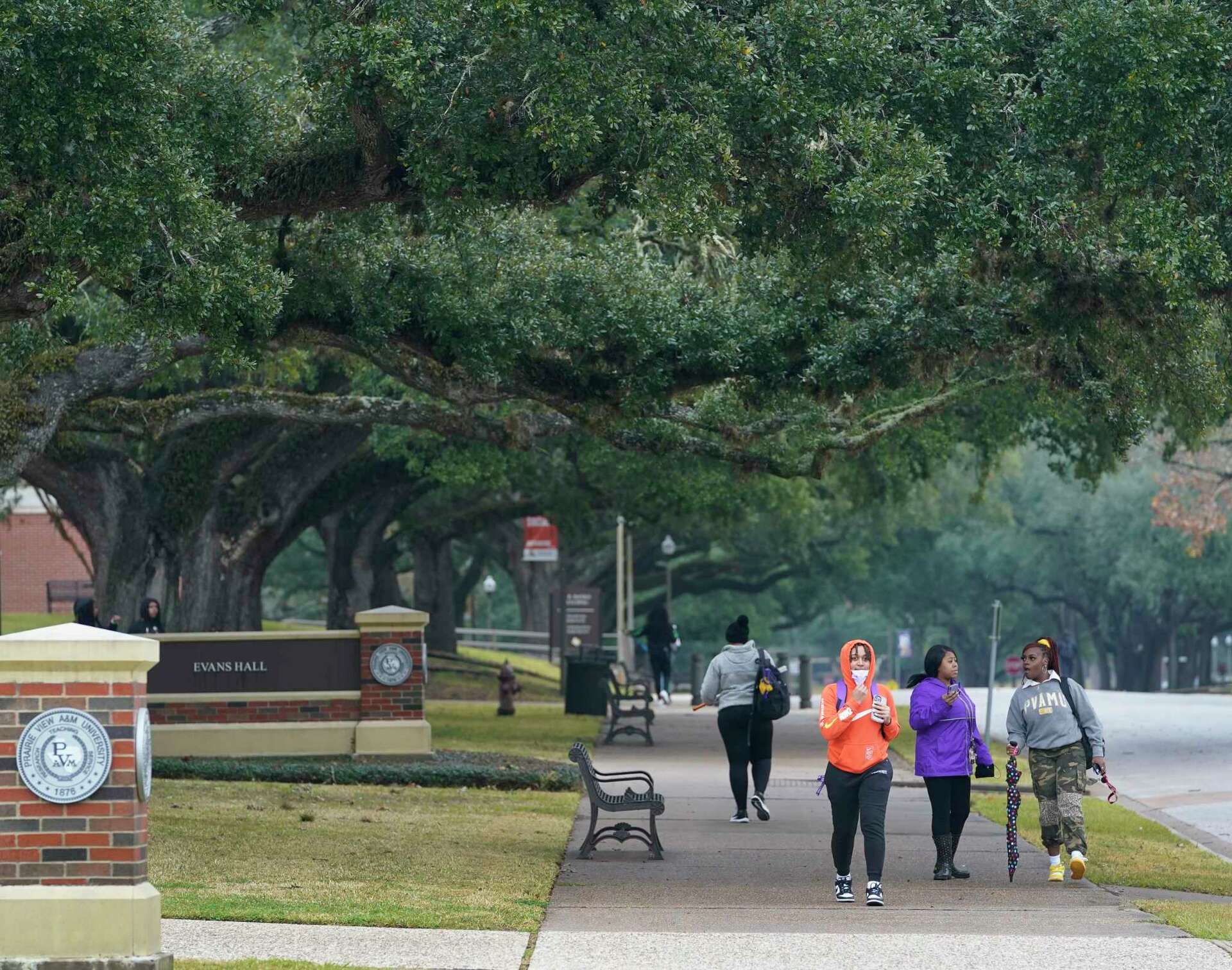HBCUs

PVAMU Homecoming Game
Racial segregation between HBCUs
Racial segregation has contributed to the erasure of institutional history at HBCUs in multiple ways, including funding disparities, land-grant inequities, and narrative control.
Due to systemic racial inequalities, HBCUs have long struggled with funding. State governments and federal funding programs often prioritize predominantly white institutions, leaving HBCUs with fewer resources for preservation and development.
Many HBCUs, including PVAMU, were established as land-grant institutions but do not receive the financial support needed to preserve their own history. This lack of funding limits their ability to maintain archives, historical buildings, and other essential resources.
Lastly, narrative control plays a significant role. In education and media, the contributions and significance of HBCUs are often overlooked or downplayed. This lack of representation shapes public perception and further marginalizes these institutions.
Racial desegregation through public history at PVAMU
There are several ways we can work toward substantive racial desegregation through public history at PVAMU. One approach is storytelling—creating more platforms to showcase PVAMU’s history. This could include making documentaries or establishing a “History Day,” where history classes across campus visit the digital archives to explore the university’s collected history.
Another important method is gathering oral histories from PVAMU alumni, faculty, and staff. Their firsthand accounts can provide valuable insight into the university’s past and how it has evolved over the years.
